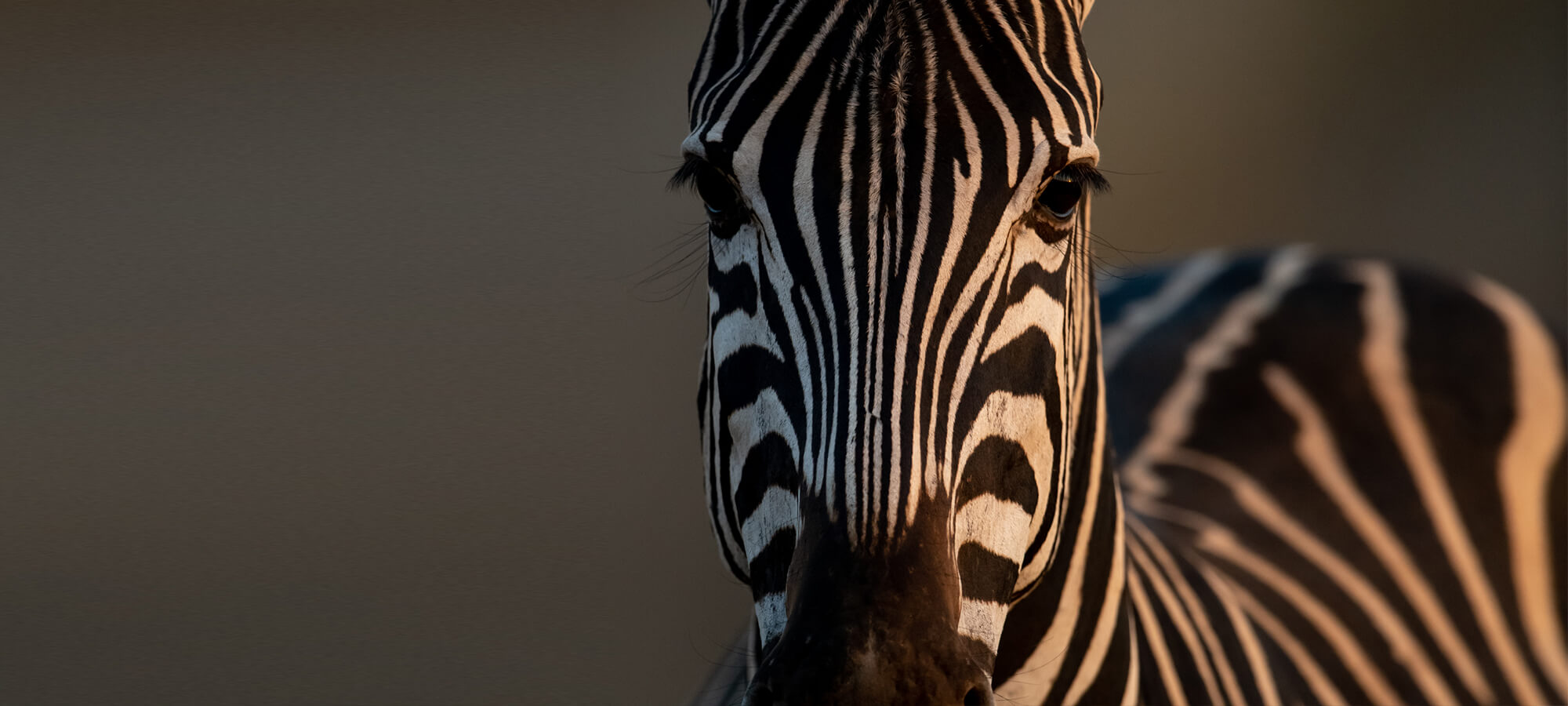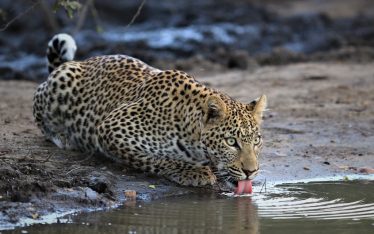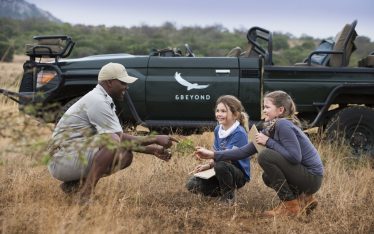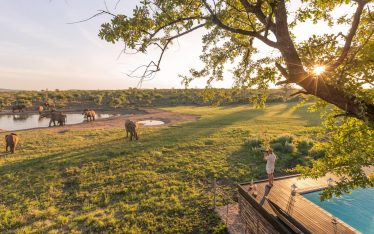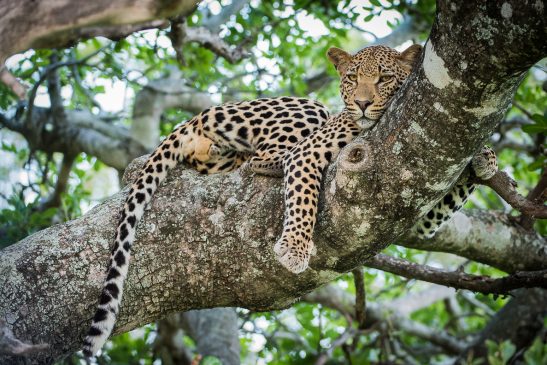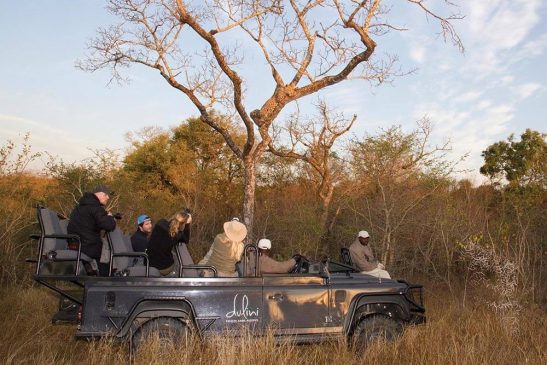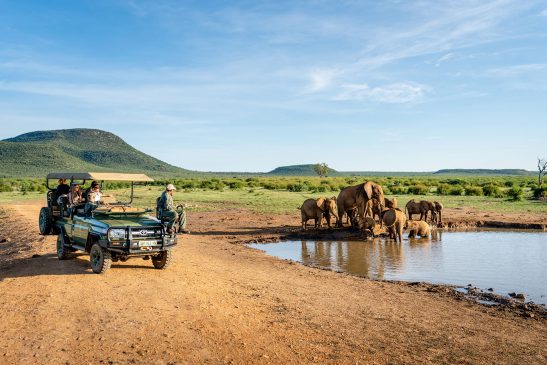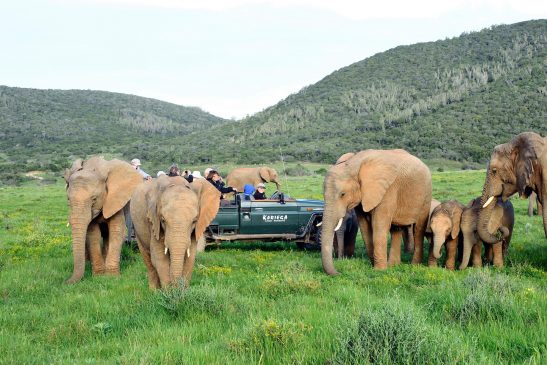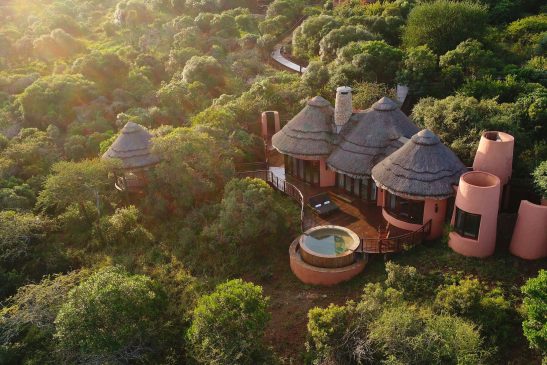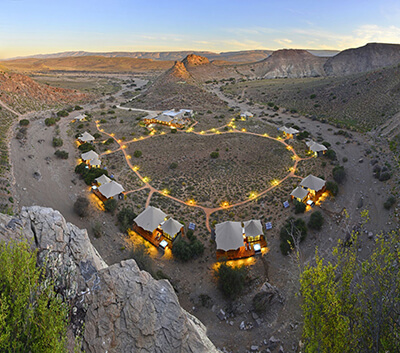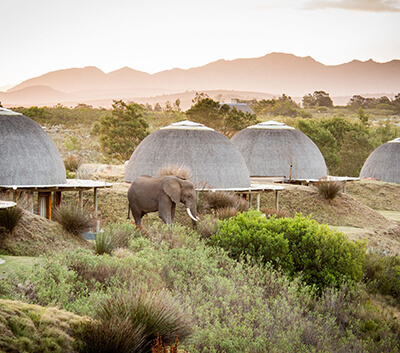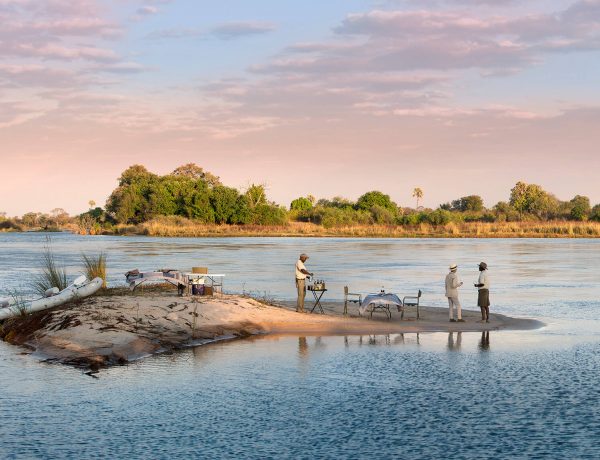For most people, taking safari photos is an integral part of the African safari experience. However, while there is a wealth of opportunities for wildlife viewing and photography in the wild, taking amazing photographs is not as easy as first-time safariers might expect. A lot of effort goes into capturing the beautiful images that we find in the media and online. In some cases, experts can spend months trying to get a single shot.
Want to snap pictures like the pros? There are many factors to consider when learning how to take awesome safari photos. To get you started, here’s a basic safari photography guide and some tips.
Safari Photos Guide for Safari-Goers
Before Your Safari
Invest in a silent digital camera. Loud and sudden sounds frighten animals away in the wilderness and disturb others (see safari rules), so it’s important that your camera isn’t noisy. For wildlife, a long lens DSLR is the standard piece of equipment, with a 300mm lens. Ideally, it will not produce a shutter sound.
Consider the setting of your safari adventure. Hauling around a camera tripod and other accessories for your camera can be inconvenient, especially in certain environments. It can also be distracting. For these reasons, you’ll want to think about where you’re going and if it is worth buying/carrying around extra gear.
Get additional camera batteries and memory cards. These are extras that are useful on safari, as one can be out shooting for many hours on activities. Running out of battery or space can prevent you from taking safari photos. Avoid this by taking backups and starting each day with a fully charged battery.
Play around with your camera. Take some time to figure out how it works. Acquaint yourself with its settings and practice taking photos in different modes. Get used to handling the device. The last thing that a safari tourist wants on their trip is to struggle with their camera when great photo opportunities arise.
Study the animals that you plan to photograph. If you want to snap amazing photographs on your safari, then it will benefit you greatly to do some research. Knowing the nature and movements of the animals that you would like to take photos of in Africa enables you to plan how best to go about capturing them.
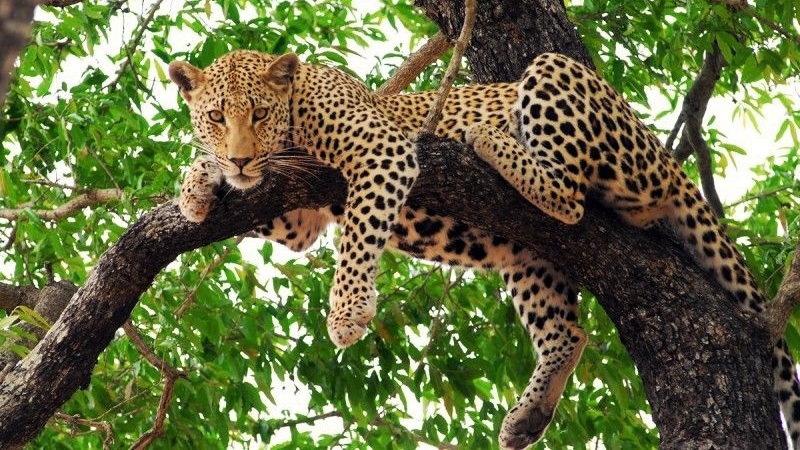
You can compose amazing safari photos if you know the nature of the beast!
On Your Safari
Turn off the flash of your camera on day activities. A flash isn’t required during the day for safari photos normally, and it can irritate the wildlife. For clear photographs of the animals, don’t shoot into the light. Adjust your position in the vehicle or on foot so that the sun is behind you and illuminates the subject.
Set up your photos. While you may be tempted to point and shoot at the sight of animals, that’s not the best way to proceed in taking photographs. You can get better, more interesting pictures by waiting a little and setting up shots. Moreover, the subject does not always need to be the focal point of images.
Switch your camera mode for action shots. When shooting moving animals, switch to ‘sports’ or ‘action’ mode if your digital camera has the option. Sports mode automatically sets your camera to increase shutter speed and freeze the action in the frame. In other words, your action shots won’t come out blurry.
Follow the “Rule of Thirds”. This is a composition technique that can help you create balanced and interesting safari photos. It involves imagining that your image is a grid with 3×3 squares. This identifies four important parts/intersecting lines for points of interest that are likely to attract and please the eye.
Use a long lens. In the right safari setting, a long-focus 400mm camera lens can offer advantages. For one, you get to shoot the long-distance pictures that others can’t. Additionally, it allows you to capture animals when they are not reacting to you. That is, you can capture them behaving naturally in their environment.
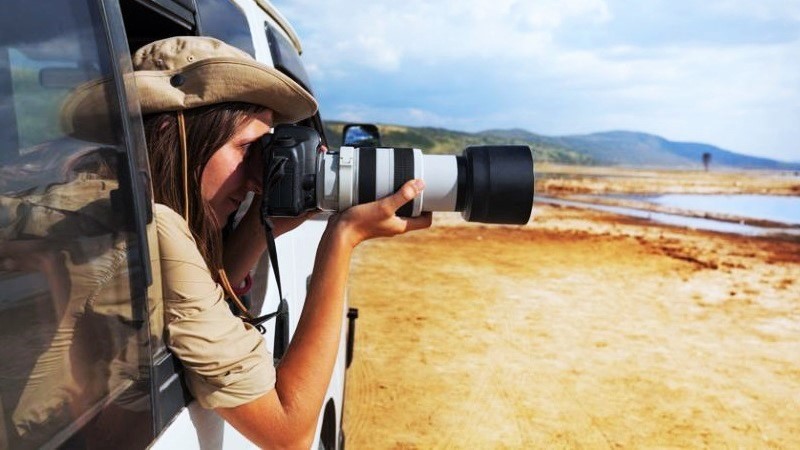
Long lenses are great for candid “nature” shots in Africa.
Safari Photo Tips
On safaris, there’s a good chance you’ll be photographing animals in motion. Digital cameras that have a shutter speed of 1/125 and shoot at 5+ frames per second are best for capturing moving fauna.
Pictures with backgrounds that are blurred can look amazing, particularly when the shots are close-ups. They make the subject stand out. For engaging safari photos on zoom shots, keep the animal’s eyes in focus.
There is a lot of dust in Africa. That dust can end up on the lenses and sensor of your camera. To prevent this, keep lens caps on and camera bags closed. Still, take a small lens cleaning pack just in case.
If a tripod won’t be practical, then take a bean bag instead. Bean bags are a good alternative because they are light and easy to carry. You can balance them on windows and other surfaces for steady shots.
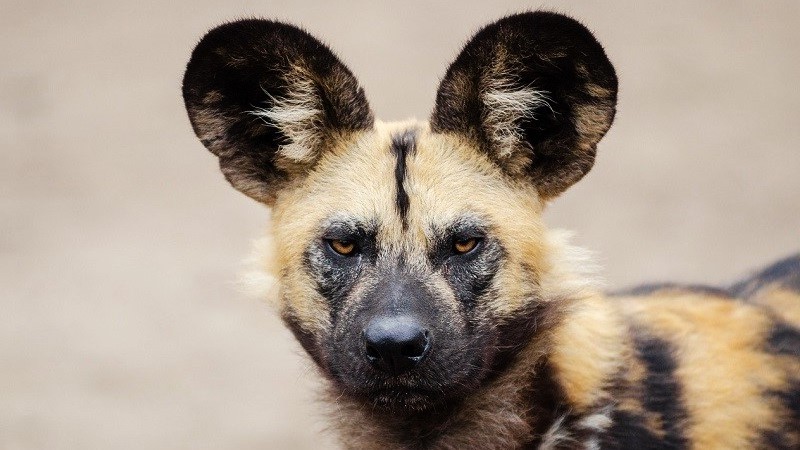
Focusing on the eyes helps you capture the spirit and essence of the animal.
–
South African safaris offer some of the best opportunities for wildlife viewing and fantastic safari photos. Book your adventure through our website now or contact us for assistance and information.
